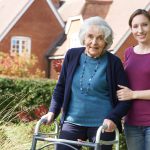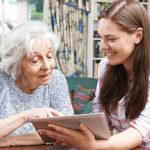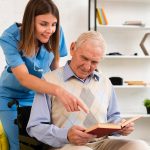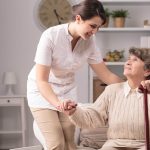Protecting seniors from falls is crucial for maintaining their health and independence. Falls can lead to serious injuries, but with the right strategies, they can often be prevented. Here’s a comprehensive guide to protecting seniors from falls:
Home Safety Modifications
- Remove Hazards: Clear walkways of clutter, loose rugs, and electrical cords. Ensure that floors are free from slippery substances.
- Improve Lighting: Ensure all areas, especially stairways and hallways, are well-lit. Use nightlights in bedrooms and bathrooms.
- Install Grab Bars and Handrails: Install grab bars in bathrooms near the toilet and in the shower or bathtub. Handrails on both sides of stairs are essential.
- Non-Slip Mats: Use non-slip mats in the bathtub, shower, and kitchen. Consider placing non-slip rugs in other areas prone to wet floors.
Footwear and Clothing
- Wear Proper Shoes: Ensure seniors wear well-fitting, non-slip shoes. Avoid high heels, slippers, or shoes with slick soles.
- Avoid Loose Clothing: Long or loose clothing can increase the risk of tripping. Ensure clothing is comfortable but not so loose that it becomes a hazard.
Exercise and Physical Activity
Strength and Balance Exercises: Encourage exercises that improve strength, balance, and coordination, such as tai chi, yoga, or specific balance training programs.
Physical Therapy: Consider working with a physical therapist to develop a personalized exercise plan to strengthen muscles and improve balance.
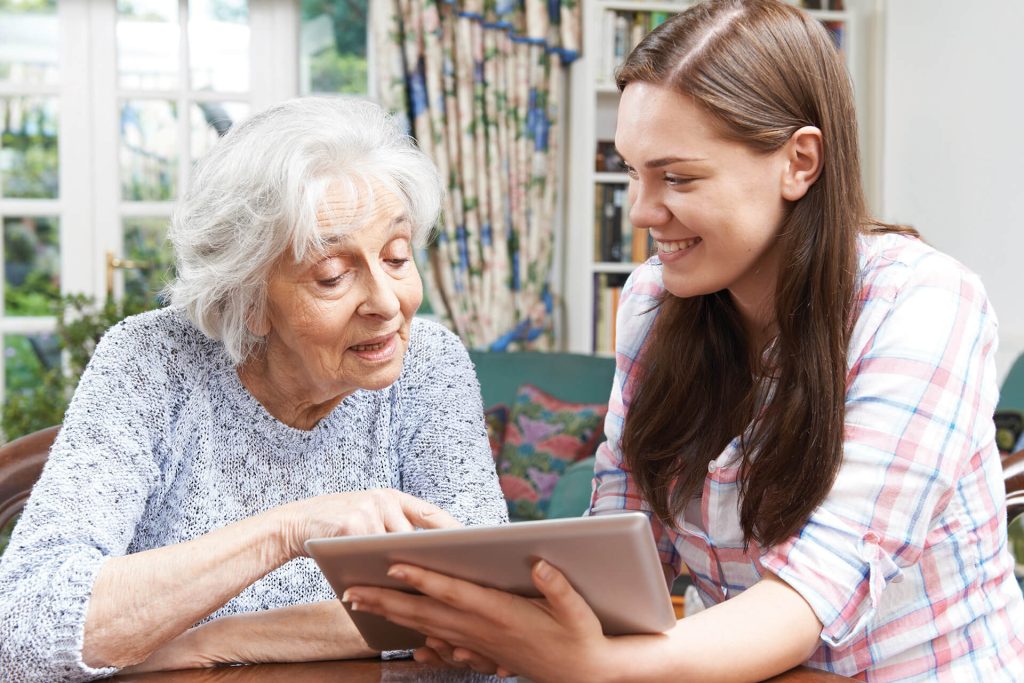
Vision and Hearing Care
- Regular Eye Exams: Ensure seniors have regular eye check-ups and use their prescribed glasses or contact lenses.
- Address Hearing Issues: Hearing loss can affect balance. Regular hearing check-ups and hearing aids, if necessary, can help.
Medication Management
- Review Medications: Some medications can cause dizziness or drowsiness. Regularly review medications with a healthcare provider to minimize these risks.
- Stay Hydrated: Dehydration can cause dizziness, increasing the risk of falls. Encourage regular fluid intake.
Assistive Devices
- Use Mobility Aids: If necessary, use walkers, canes, or other mobility aids to help maintain balance.
- Proper Use and Fit: Ensure that any mobility aids are correctly fitted and that the senior knows how to use them properly.
Monitoring and Emergency Preparedness
- Personal Alarms: Consider personal emergency response systems that allow seniors to call for help if they fall.
- Regular Check-Ins: Regularly check in with seniors, especially if they live alone, to ensure they are safe.
- Fall Detection Devices: Some wearable devices can detect falls and automatically alert emergency services or family members.
Education and Awareness
- Educate About Fall Risks: Make sure seniors are aware of the potential fall hazards and encourage them to take precautions.
- Encourage a Safe Pace: Remind seniors not to rush, especially when standing up, walking, or using stairs.
Healthy Lifestyle Choices
- Healthy Diet: A balanced diet with adequate calcium and vitamin D can help maintain bone strength.
- Regular Check-Ups: Regular medical check-ups can help manage chronic conditions that may contribute to falls, such as arthritis or blood pressure issues.
10. Community Resources
- Fall Prevention Programs: Some communities offer fall prevention classes or home assessment services. Encourage participation in these programs.
- Support Groups: Engage with local senior groups where fall prevention topics might be discussed, and seniors can learn from each other’s experiences.


